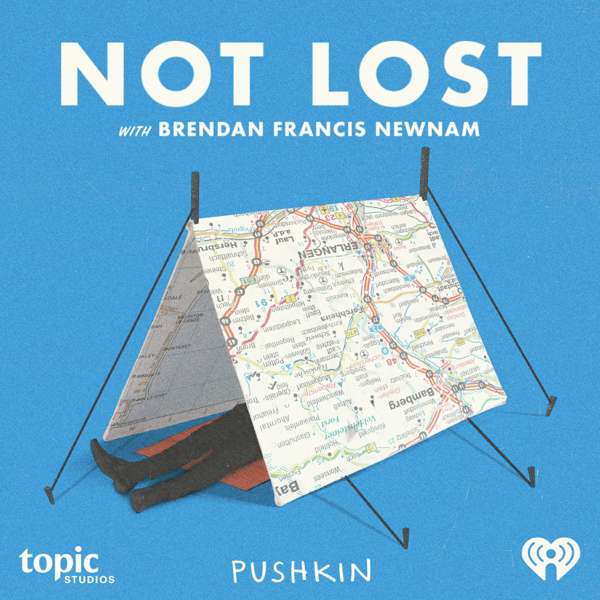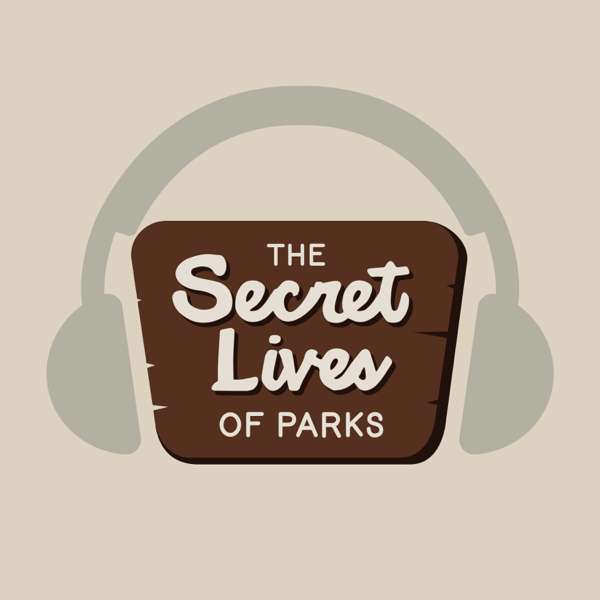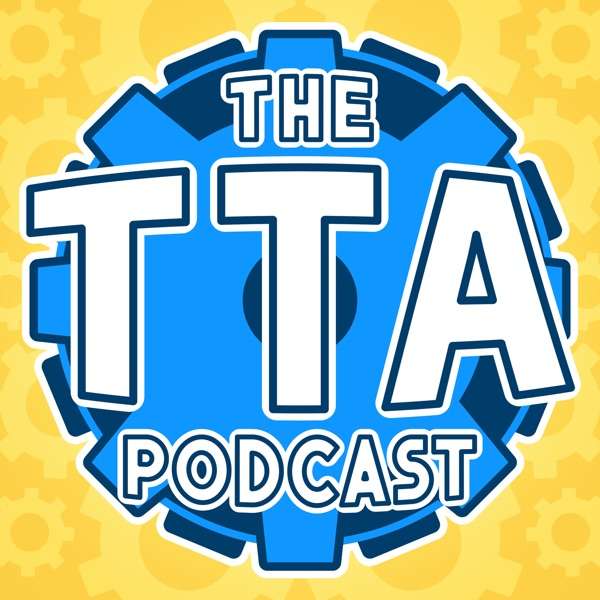Nancy Smith is the Conservation Director for The Nature Conservancy's Colorado River Program, and Austin Rempel is the Riparian Restoration Program Manager at The Nature Conservancy. Both Nancy and Austin are working on the front lines of some of the West's most innovative water and habitat conservation projects– projects that benefit everything from groundwater supplies to wildlife habitat, climate resiliency to ecosystem health.
-
If you've listened to many of these TNC-focused episodes, then you'll know that TNC works extensively throughout the Colorado River Basin on a wide range of conservation issues that affect people, wildlife, and landscapes. In this episode, we're going to zoom in on one very specific, very simple, and very effective process that has the potential to have massive positive impacts on ecosystem health throughout the West.
-
The process is called "low-tech process-based restoration," which is the practice of adding simple, low-cost structures made of natural materials like rocks, wood, and posts to simulate natural processes like beaver dams in streams and wetlands, kick-starting natural cycles of recovery. These structures require minimal permitting, can be built quickly by hand without heavy equipment, use locally sourced materials, and can be installed by local workers who do not need extensive training. The end result creates surprisingly effective outcomes that can be scaled quickly across vast stretches of the West.
-
We recorded this conversation the day after Colorado River Day, which was a fitting time to highlight such an important project and process. We started out by discussing how this project came to be, which involved a significant amount of funding from the Inflation Reduction Act. We discuss how rivers have historically looked in the West versus how they look now, as well as the ecological complexities of riverscapes and riparian corridors. We then dig into the details of "low-tech process-based restoration"-- timelines, challenges, opportunities, partnerships, and measuring success. We also talk about beavers, shifting cultural norms around conservation, overlaps between forest and riparian restoration, favorite books, and much more.
-
As you'll hear, Nancy and Austin provide such an excellent overview of several varieties of low-tech process-based restoration. But for those of you who want to dig deeper into details of the various processes and case studies, they've provided me with extensive additional resources that you can access in the episode notes. I'd also encourage you to check out the short film embedded on the episode's webpage, which will give you a visual overview of the process and its results.
-
A big thanks to Nancy and Austin for the fun conversation, and thank you for listening.
---
---
This episode is brought to you in partnership with the Colorado chapter of The Nature Conservancy and TNC chapters throughout the Western United States. Guided by science and grounded by decades of collaborative partnerships, The Nature Conservancy has a long-standing legacy of achieving lasting results to create a world where nature and people thrive.
On the last Tuesday of every month throughout 2024, Mountain & Prairie will be delving into conversations with a wide range of The Nature Conservancy's leaders, partners, collaborators, and stakeholders, highlighting the myriad of conservation challenges, opportunities, and solutions here in the American West and beyond.
To learn more about The Nature Conservancy's impactful work in the West and around the world, visit www.nature.org
---
TOPICS DISCUSSED:
4:00 - Nancy's intro
5:26 - Austin's intro
7:15 - The impact of wet upland meadows on the Colorado River (Nancy)
10:00 - How the Inflation Reduction Act has funded TNC's important partnership work (Nancy)
13:30 - Defining the low-tech, process-based, restoration (LTPBR) involved in this project (Austin)
16:30 - What meadows have historically looked like in the American West (Austin and Nancy)
21:00 - Describing more of the structures TNC uses in this work, like beaver dam analogs (Austin)
26:30 - What kind of land TNC does this restoration work on (Austin)
29:30 - How long this work takes (Austin and Nancy)
33:30 - What success will look like for this work (Nancy)
37:30 - How LTPBRs help empower crucial work by being simple
40:45 - What could make or break this project (Austin and Nancy)
44:00 - TNC's ability to balance innovation with responsible stewardship of funding (Nancy)
46:30 - Overlaps between river and forest restoration (Austin)
50:30 - What would make a good staff member for this work
55:45 - Nancy's book recommendations
57:00 - Austin's book recommendations
59:18 - Nancy's parting words of wisdom
1:00:10 - Austin's parting words of wisdom
---
ABOUT MOUNTAIN & PRAIRIE:

 Our TOPPODCAST Picks
Our TOPPODCAST Picks  Stay Connected
Stay Connected







